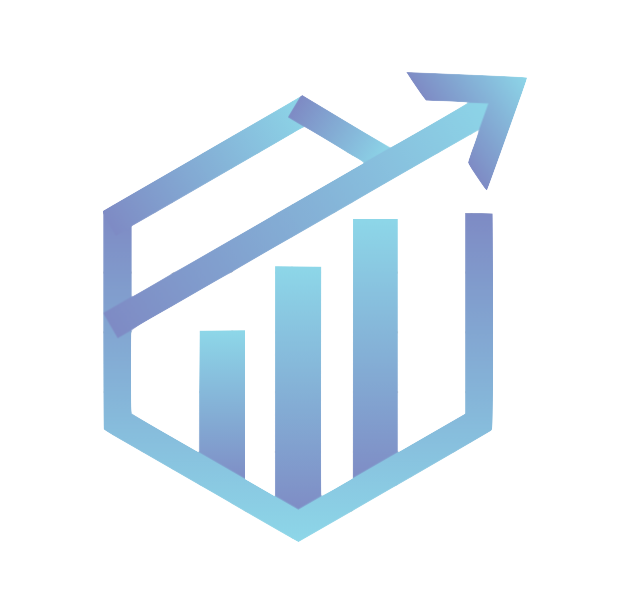A Beginner's Guide to Monetary Policy
Have you ever wondered who's in the driver's seat of the economy? Sometimes it feels like the economy is speeding up, with prices for everything rising, and other times it feels like it's slowing down, and people start worrying about jobs. Initially you might assume these fluctuations are random, but there's actually a powerful force working behind the scenes to keep our ride smooth. This is called monetary policy.
A Beginner’s Guide to Foreign Exchange
Imagine that you’ve been planning a trip to go to your dream destination of Japan. Your goal is to eat all the amazing ramen and sushi that they have to offer. You arrive in Japan with a wallet full of Rupiah, ready to spend to your heart’s desire, but the restaurant shakes their head saying they only accept Japanese Yen. This is a crucial lesson you learn: to buy anything, you first need to trade your home currency for the local one.
GDP: The Health Diagnosis of Economies
Ever heard of people talking about "the economy" growing or shrinking? It sounds complicated, but it's actually not so much. One of the key ways we track this is through something called Gross Domestic Product, or GDP. Think of GDP as the economy's "health” as it tells us how well the economy is performing. But what exactly is it measuring, and why should you care?
The Economic See-saw of Inflation and Unemployment
Ever wonder why the price of your favorite snacks seems to creep up, or why adults talk about "jobs" and the "economy" with worried faces sometimes? These aren't just boring grown-up topics, they're about two powerful forces called inflation and unemployment. Think of them like ends of a giant economic see-saw that affects almost everything, from your pocket money's buying power to your future career opportunities. Let's break down what they are, why they matter, and how they often move in opposite directions.




